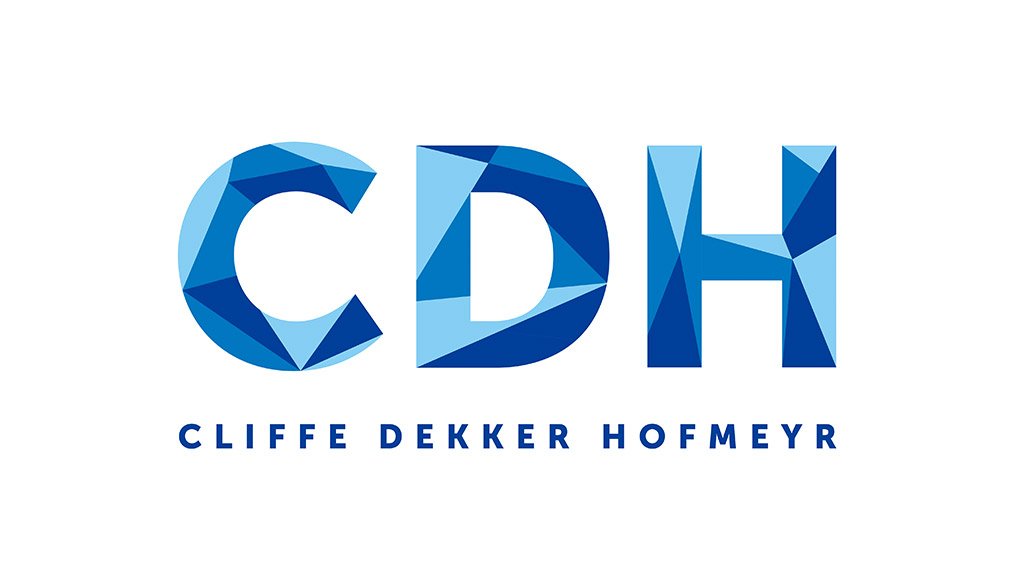This month a second draft of the Insurance Bill (the Bill) was tabled and now incorporates submissions made by interested parties towards the end of 2015. It is intended to be the framework legislation consolidating the Short-Term and Long-Term Insurance Acts. This Bill is a step closer by National Treasury to the new Twin Peaks model of regulation [with prudential regulation falling under the South African Reserve Bank’s (SARB’s) remit and the Financial Services Board (FSB) consequently regulating market conduct].
Changes to the Bill
The initial draft published on 15 April 2015, contained provisions prohibiting linked insurers from reinsuring their investments. Although these provisions have been removed from this version of the Bill, a media statement issued by the FSB this week suggests that the provisions may return once the regulatory framework for linked insurers is reviewed, but has not clarified whether these changes will be incorporated in a further draft of the Bill or in a separate piece of legislation.
The new draft will also permit professional reinsurers to conduct both life and non-life insurance business under the same licence, which will provide administrative relief for insurance providers.
One of the provisions that has remained, despite contentions by interested parties, allow the new Prudential Authority to intervene in the affairs of an insurance provider by limiting or prohibiting certain transactions of insurance providers that have not met their solvency capital requirements until that insurer has restored its financially sound condition. A concern with this provision is that the Bill does not provide criteria to guide the Prudential Authority’s discretion regarding these transactions.
The Bill creates a Solvency Assessment Management (SAM) regime to monitor the finances of insurers and incentivise insurance providers that adopt more sophisticated risk monitoring and risk management tools. SAM looks at the financial soundness of an insurance provider, prescribes methods for risk management that must be adopted, in particular mechanisms for the early detection of any solvency concerns. Although, in theory this regime has good intentions, implementing the SAM regime may be onerous on insurance providers as it will require more detailed performance reports on a more frequent basis. The provisions relating to financial soundness are contained in chapter 6 of the Bill.
The implementation of the SAM regime is still being closely monitored and discussed by its stakeholders (which include the National Treasury, the FSB, the SARB, the Independent Regulatory Board of Auditors and numerous professional bodies).
Written by Bridget King, Director: Finance and Banking and Wandile Sishi, Associate: Dispute Resolution, Cliffe Dekker Hofmeyr
EMAIL THIS ARTICLE SAVE THIS ARTICLE
To subscribe email subscriptions@creamermedia.co.za or click here
To advertise email advertising@creamermedia.co.za or click here











